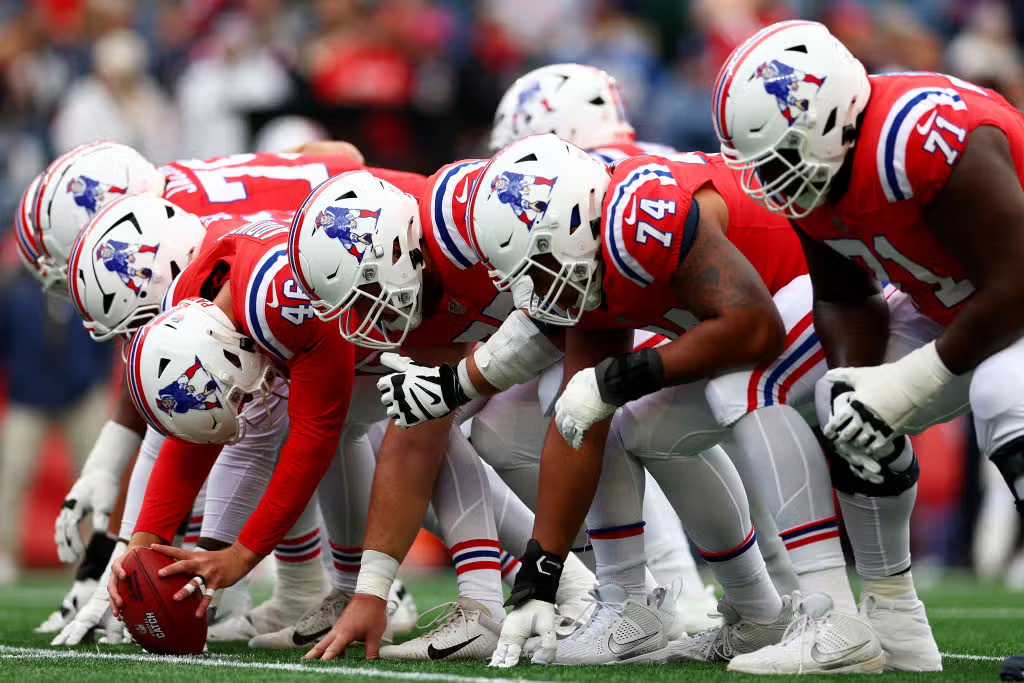I adore group descriptors — a murder of crows, a pride of lions, a crash of rhinos.
I’ve also proposed a few of my own, including:
A gamble of poker players
A concern of mothers
A fumble of left-handers
A fistful of bullies
An argument of attorneys
A frustration of golfers
I love them all, too.
Recently, I became aware of a group descriptor that I adore:
An unkindness of ravens, sometimes referred to as a conspiracy of ravens.
The most famous conspiracy of ravens was decreed by King Charles II (in an act of superstition) to be kept in the employ of the Tower of London “now and forever more.” And they have. The current raven roster at the Tower consists of six ravens and their understudies:
Gwylum, Thor, Hugin, Munin, Branwen, Bran, Gundulf, Baldrick, Fleur, and Colin.
Then there’s Poe’s The Raven, which I always read to my students (along with The Telltale Heart) on Halloween.
Did you know that The Raven was inspired by Charles Dickens’ 1841 novel, Barnaby Rudge, a story about the anti-Catholic riots in London in 1780? The protagonist, Barnaby, owns a pet raven, Grip, which can speak, and in the fifth chapter of the novel, Grip taps at a shutter (as does the raven in Poe’s poem).
The model for Grip was Dickens’ own talking raven, which was the delight of his children for years.
Quite an important raven. Maybe the most important raven that has ever lived. It ultimately inspired a poem and a novel by two of the world’s best-known writers.
In seeking out a copy of The Raven online, I stumbled upon an annotated copy of the poem, which I found extremely amusing. Many of the annotations are so obvious and unnecessary that I can’t help but wonder if the annotator, Michael Cummings, was trying to make me feel as if he was bludgeoning me with a literary sledgehammer.
If so, he succeeded.
But he also provided me with some genuine chuckles, and so for that, I am appreciative.









